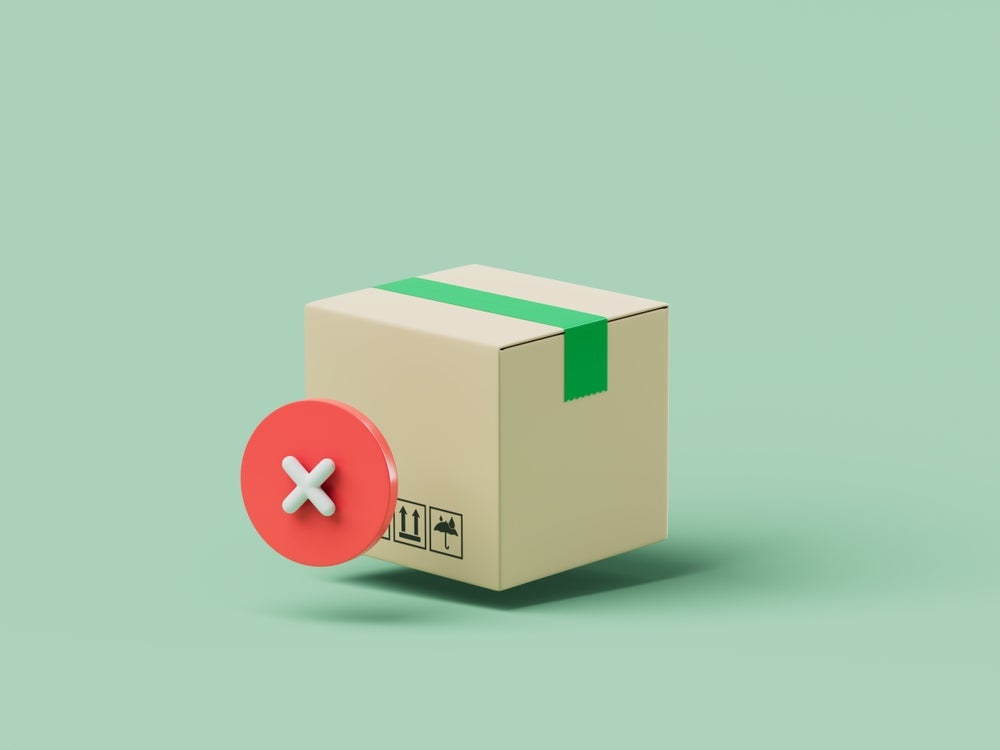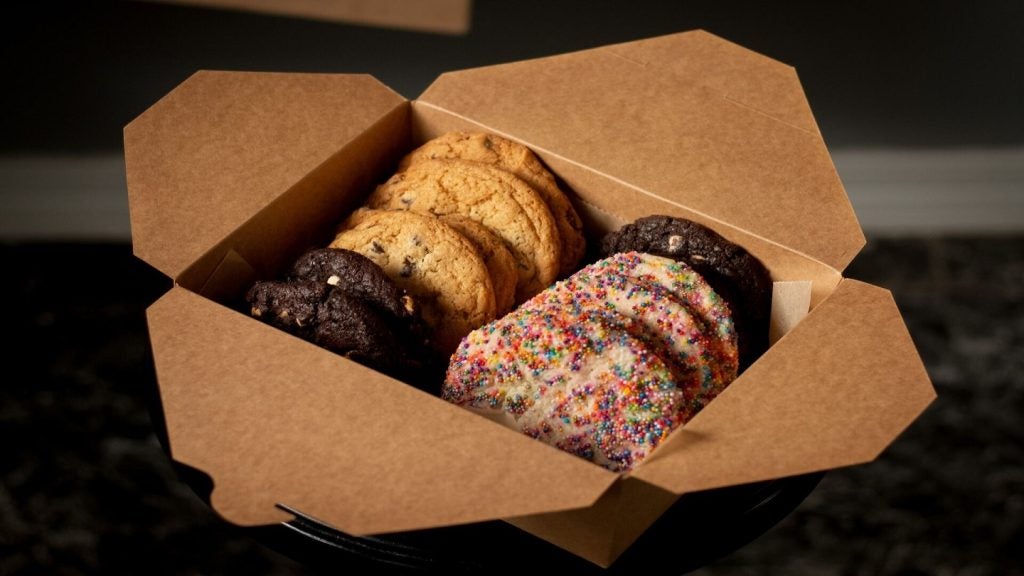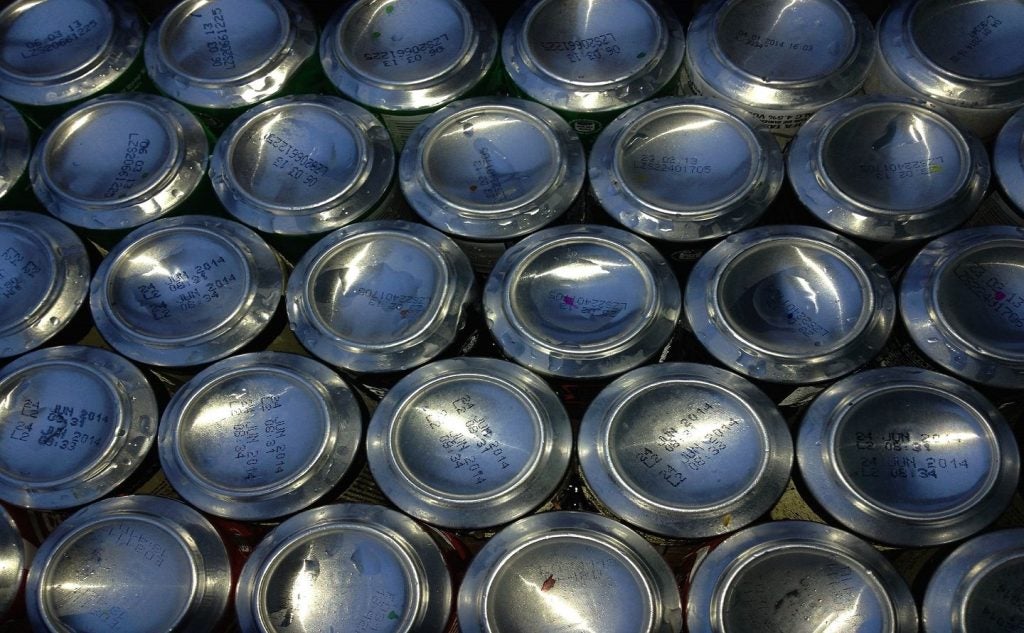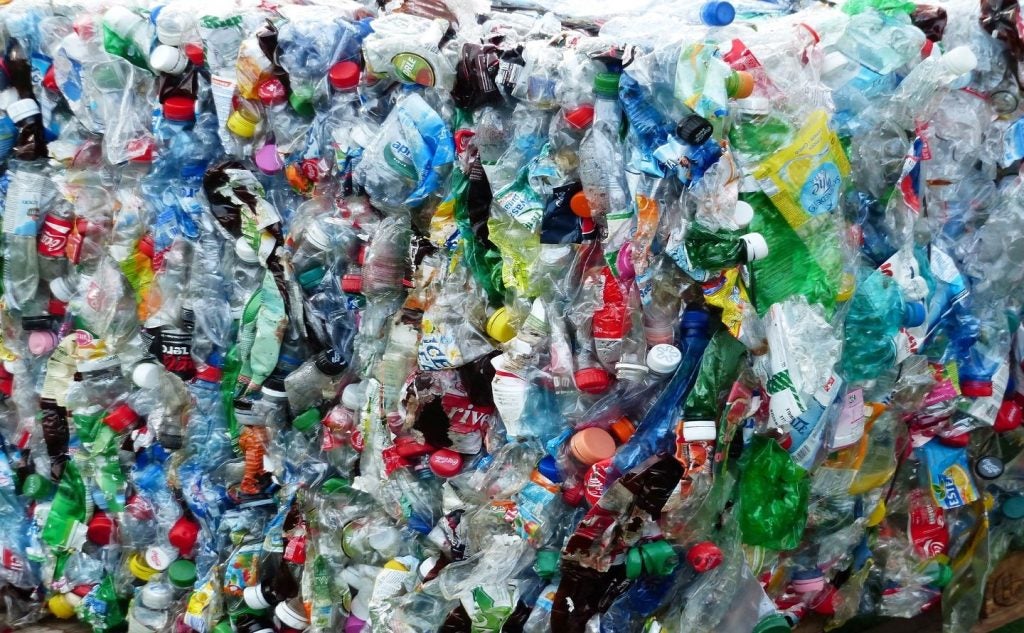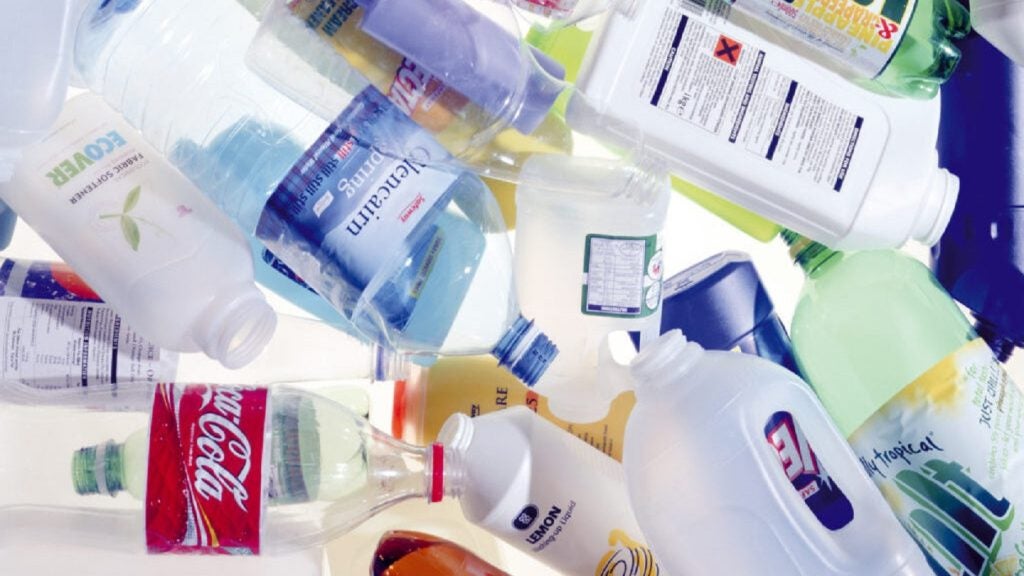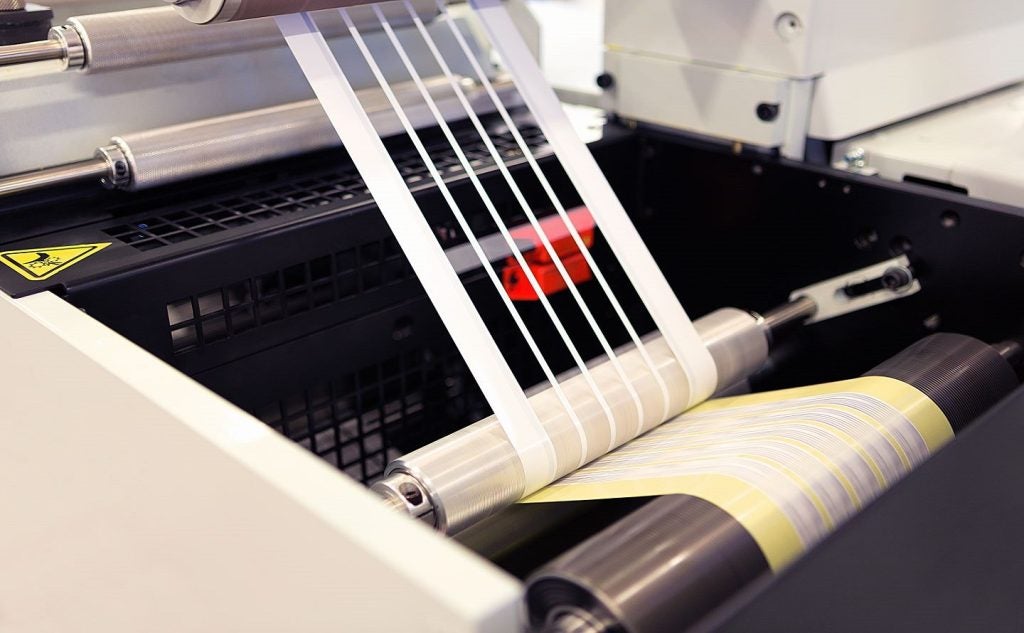The important role packaging plays in consumer awareness and brand reputation becomes evident when major errors are made.
Packaging errors can range from amusing typos to product misinformation, which can be highly dangerous for the unaware consumer.
Egregious or repeated mistakes can lead to distrust of a brand, which takes a long time to rebuild.
Packaging Gateway has chosen five examples of such errors from a range of companies to serve as a warning that attention to detail is crucial in packaging operations.
Mars’s recycling misinformation
Confectionery giant Mars recently fell into the trap of confusing recycling messaging.
In New Zealand, the company placed stickers warning consumers not to recycle wrappers, despite printed instructions to do exactly that.
Mars corporate affairs manager Andrea Bradley told Stuff that “due to infrastructure differences in ANZ and recently revised technical guidelines, the Mars and Snickers paper-based bars must be placed in the waste bin in New Zealand, not in kerbside recycling.”
This backtracking highlights the mire of unclear guidance on recycling packaging not only in New Zealand, but globally.
With confusing symbols and inconsistent directions, the last thing consumers need is for companies to mismanage their product packaging.
Brita’s class-action lawsuit
In some cases, misleading packaging can lead to legal issues.
Water purification company Brita has found itself embroiled in a class-action lawsuit as consumers feel that the company’s marketing tactics have given them unrealistic expectations about the longevity and effectiveness of their water filters.
In response, Brita stated: “Brita takes the transparency of the variety of water filtration options we offer seriously.”
This case exemplifies the central role of packaging in marketing and crafting a brand image, accurate or otherwise.
Lidl’s explicit mistake
Supermarket chain Lidl recently recalled snacks for children featuring the popular animation Paw Patrol as the packaging contained an explicit URL link.
In a statement to The Mirror, Lidl commented, “As soon as this was brought to our attention, we immediately launched an investigation with the supplier that owns the URL and withdrew the item from sale. As a precautionary measure, we have also issued a public recall.”
The supermarket advised customers not to access the problematic URL and instead return the product to their nearest Lidl store for a full refund to be provided.
QR codes and URL links have become a mainstay of packaging across all product types, but this is an example of the risks involved.
Skittles ‘Black Trans Lives Matter’ messaging
In a more subjective case, candy brand Skittles came under fire after teaming up with GLAAD (the Gay & Lesbian Alliance Against Defamation) and making changes to its packaging to incorporate ‘Black Trans Lives Matter’ messaging.
Critics called this a packaging error, while other consumers supported the messaging. Skittles remains committed to the change, regardless of any lost consumer bases.
This showcases the importance of packaging in establishing a strong brand identity and its ability to promote social justice causes.
Apotex’s medical mistake
Perhaps the most potentially deadly type of packaging to make an error on is medical.
Pharmaceutical corporation Apotex recalled its Drospirenone and Ethinyl Estradiol tablets in 2019 after defective blisters with incorrect tablet arrangements and/or an empty blister pocket were identified.
This error meant that patients could miss a dose or take a placebo instead of an active tablet, which could result in loss of efficacy due to variation in the dosage consumed. Patients were advised to contact their healthcare providers.
Ultimately, the role that packaging plays for brands and consumers cannot be understated, as it carries far more than merely aesthetic considerations.
At best, consumers can find packaging errors amusing, but at worst, they can be severely affected, particularly in the case of medical products.
Companies must pay as much attention to detail to their packaging as they do to the products inside.


